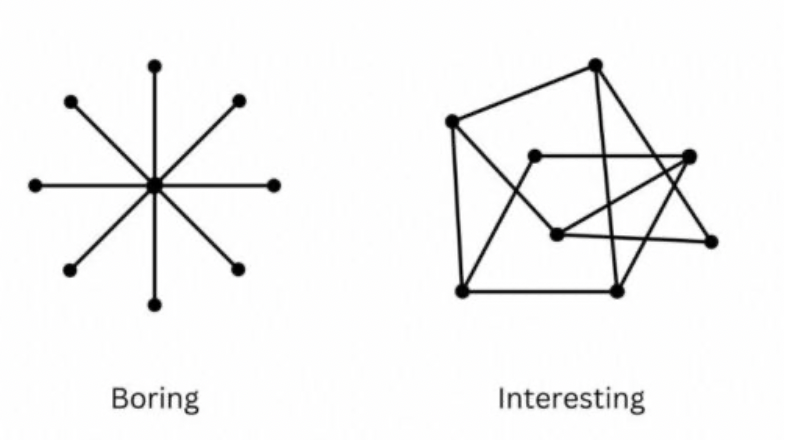Still catching up on my Writer Unboxed reading and came across Sarah Callender discussing a book that hadn’t hooked her at the start (but she kept reading because it was for her book club). In retrospect, she says,
These sentences did not pique my interest or ground me in the story. The narrative voice was dry, and I didn’t immediately see a desire or a conflict in Rask. And where on earth were the aliens?!? I simply could not get my bearings.
Of course, after listening to the whole story, the style, the narrative distance, and the rather “blah” collection of opening details made sense, but perhaps Diaz was giving readers too much credit? Perhaps he trusted that readers would stick with him, would trust his storytelling, no matter what? But what if they didn’t? What if he lost readers because they couldn’t get their bearings in the story?
Callender got me thinking again about openings. What makes a good opening? What will help hook readers to keep reading?
(Just have to get off my chest: I do hate the impatience of our society. Not just with book openings. How the opening weekend so defines the success of a film. The first primaries/caucuses define the winning candidate (I remember when that wasn’t the case). Etc. Okay, enough griping about the state of the world. )
In my writing class, I had the students do an exercise of generating 20 opening lines (adapted from a writing course I took many, many years ago). The guidance was:
The only criteria are that they must be active, contain if not a name, then a suggestion of a character, and not be 20 of the same thing.
Like a Freewriting Exercise, don’t think about it too hard. The idea here is write ’em fast and not try to control them very much. Turn off the brain that wants to make sense of the images that pop into your head. However absurd, dark, bland…write them down.
If you get stumped…then you’re trying too much to use your analytical brain to do this. Stop analyzing and just write something ridiculous and see what it is.
It’s a great brainstorming exercise. I hadn’t really been looking for great openings, just self-created prompts for story ideas. The students return to them after letting them rest for at least a day, see if they can expand 3-4 out to paragraph, and then choose one to write still further on.
But the first time I did this, wow were students challenged by the guidance to make them active and have a suggestion of character. Which made me think deeper on the exercise and how to better scaffold it for students – and teach more about hooks.
So second time, I started with the classic bad opening line:
It was a dark and stormy night…
I had to explain that Madeleine L’Engle had intentionally used the already notorious bad opening for her A Wrinkle In Time, rather than being the originator of it (which goes back to the 19th century). And then noted how it’s been also parodied by other writers, such as Neil Gaiman and Terry Pratchett‘s Good Omens:
IT WAS A NICE DAY. All the days had been nice. There had been rather more than seven of them so far, and rain hadn’t been invented yet.
Wikipedia has a whole article on it and its parodies.
Then we settled down to discussing why it is bad. Now, Wikipedia says it is
“the archetypal example of a florid, melodramatic style of fiction writing”,[1] also known as purple prose.
But for me, it boils down to “It was” rather than an action verb or any suggestion of a character. Are these essential to an opening? Well, no. Look at, again, A Wrinkle in Time, and Good Omens. But damn, they’re helpful if you want to hook readers.
To further guide them, I gave them some examples of openings with action and suggestion of a character. Here are the ones I selected.
- “She felt their eyes, all those executioners.” Nana Kwame Adjei-Brenyah, Chain-Gang All-Stars (2023)
- “Why be in such a hurry, old fool? What good is hurry going to do you?” Conrad Aiken Great Circle (1933)
- “I remember it all with a vividness that marks the moment as the watershed it would be.” Ayad Akhtar American Dervish (2012)
- “On the day the world received its first phone call from heaven, Tess Rafferty was unwrapping a box of tea bags.” Mitch Albom The First Phone Call From Heaven (2013)
The first three provide the hint of the character merely in a personal pronoun (from 3rd, 2nd, and 1st person POVs) and the third actually gives a name.
Callender, in her Writer Unboxed post, offers up her own selection of opening lines she likes. She also goes beyond the hook to discuss opening paragraphs and orienting readers. For her,
Ideally, these first paragraphs do at least a few of the following:
- Establish a compelling narrative voice
- Allude to the protagonist’s desire or need
- Center the reader in the world of the story
- Pique the reader’s interest
Looking over opening lines of books you like is a great exercise (or looking at opening shots in movies and how they set up the themes. I think of the opening of The Searchers, so echoed in its close – or the opening of The Godfather). Find ones that hook you – and I bet they have action and suggestion of character.

